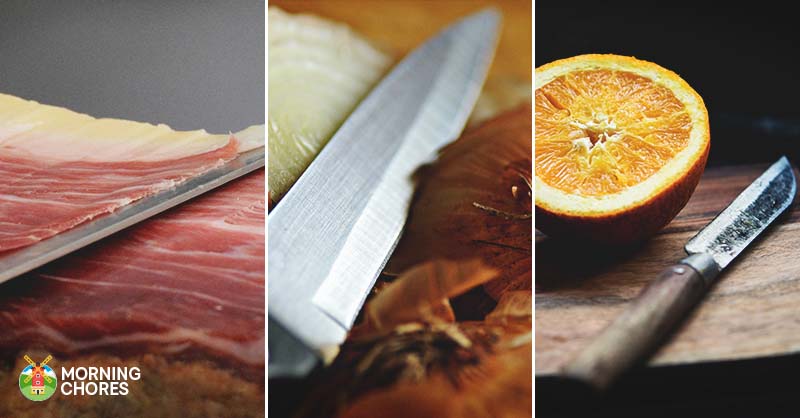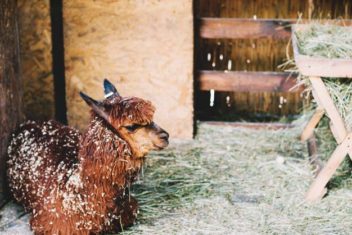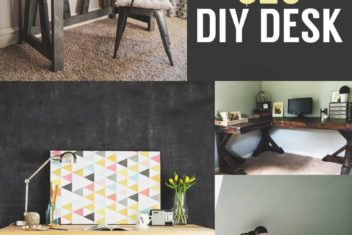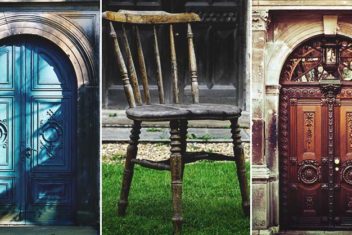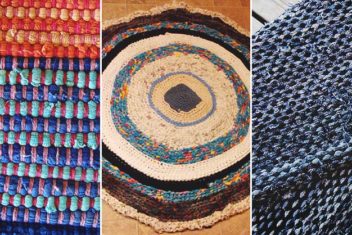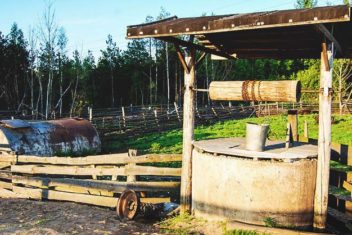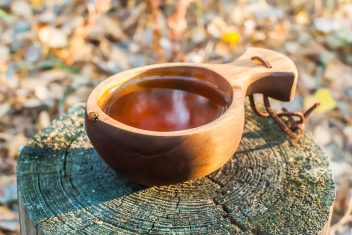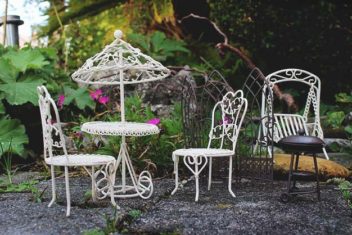One of the most basic and yet essential pieces of equipment in the kitchen are kitchen knives. No matter if you are chopping away at a head of lettuce or thinly slicing roast beef for a sandwich, having a sharp knife is imperative to a good, clean cut.
In order to better understand the importance of sharp knives, we are going to look a little deeper at what sharp knives do and then dive into how to keep them sharp.
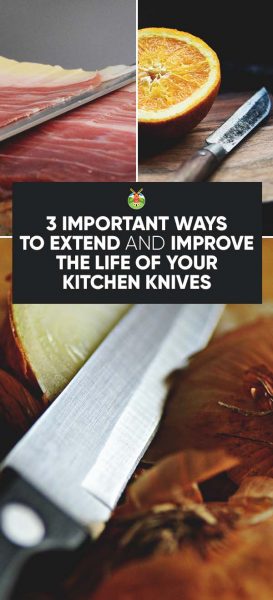
The Importance of Having Sharp Knives
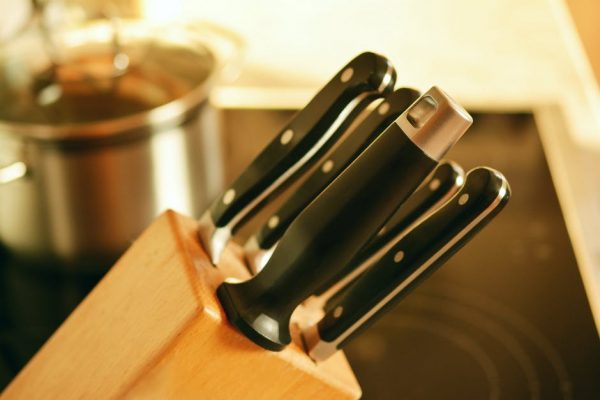
1. Having a sharp knife is safer.
It’s true! Having a sharp knife is safer than one that is not. The sharp knife is more predictable, therefore reducing the ability of the knife to slip. In addition to it not slipping, you are also not pressing down as hard. A knife not pressed down hard and one that doesn’t slip means a knife not going places it shouldn’t, such as your finger!
2. It might help keep your eyes from burning.
When cutting an onion, it is not uncommon for many people’s eyes to burn. With a dull blade, you are pressing down harder which means you are pressing juices out of them. Juices from the onions equate to the eye burning sensation.
On the opposite end of the spectrum, there are sharp knives that remove less onion juice out of the onion – therefore giving you better flavor and less watery eyes!
3. It saves time.
The length of time it takes to cut using sharp versus dull is very different. One blogger found that, on average, a sharp knife saved them 10 minutes. Not to mention the frustration of trying to cut up food with a dull knife.
4. Take care of your tools.
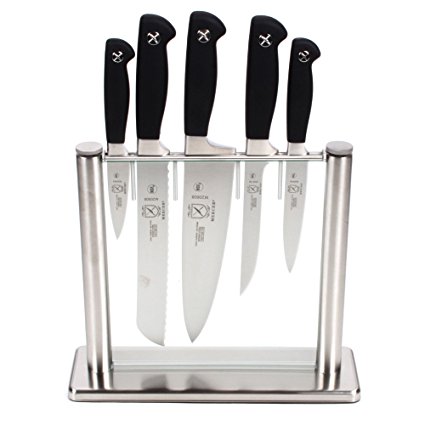
Knives are an investment to any good kitchen; however, knives come at a price. I purchased a good knife set last August that was recommended to me by a professional chef. I do not regret it!
This is not the typical knife set that many people pick up from department stores. There are no steak knives to be seen; however, they are culinary professional-style knives at a good price.
If shelling out a hundred dollars is still too much for right now, that’s okay. Just purchase one good 8-inch chef’s knife and use it for everything until you are able to branch out.
Why Sharpening Yourself Gives You an Advantage
Sharpening the knife yourself gives you some advantages over having someone else do it for you. One, it saves you money. Equipment to sharpen your knives will be an upfront cost but not shelling out money every time you want them sharpened will save you in the long run.
Another reason it is advantageous for you to sharpen them yourself is it gives you control over how you want it sharpened. The angle at which you sharpen the knife will determine how well it cuts for certain projects, which we will get into here in a little bit. Knowing what is going on with your knives will help you in the long run versus having someone else do it and then not being 100% sure if it is at the perfect angle.
We understand why sharpened knives are important, and the importance of a quality knife, now it’s time to look at how to sharpen the knife.
Honing: It is Not Sharpening But is Important
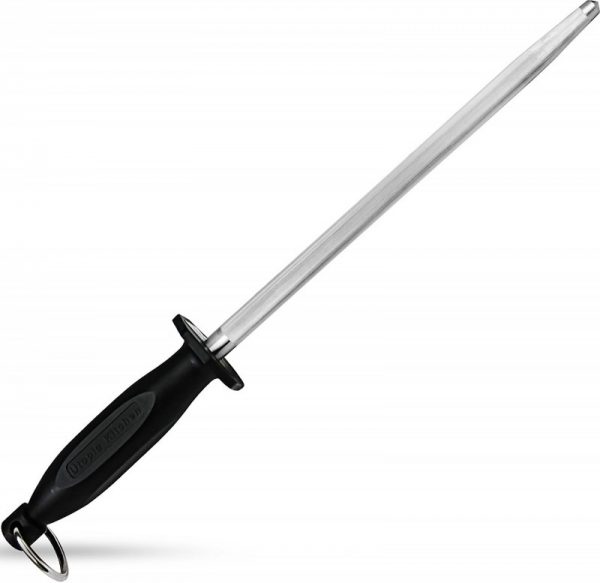
A lot of people get these two items confused, so let’s clarify this before we begin. Naturally, both honing and sharpening are very important. Honing straightens out the edge of an already sharp blade while sharpening takes away some of the knife. Naturally then, honing is something to be done on a regular basis whereas sharpening should be done once or twice a year.
To start honing, you need the steel stick that typically comes with many kitchen knives set. If you chose to get the set I recommended (good for you!) and you don’t have one from a previous set, then I recommend purchasing.
Okay, now that we have the tool, it’s time to get started. Here’s the step by step:
- Place the bottom of the honing skill against a counter.
- Grabbing the knife comfortably, draw it downwards from heel to tip. Do this in one movement, angling the blade to the steel at about a 22° angle.
Side note: I’ve read several different places that the best way to figure out a 22° angle is to take a piece of paper and fold it triangularly twice (the first time gives you at 45° angle, the second time at a 22½° angle. There is a great tutorial found here.)
- Do this 5 times on each side of the honing tool and then twice more on each side, making sure not to push but go down the tool naturally.
Now that we know how to hone, let’s look at what to do once or twice a year and different ways in which you can truly sharpen your knives.
Ways to keep your kitchen knives sharpened
Knowing When to Sharpen
Since sharpening knives means you are taking some of the material off the knife, this is something that you should do only when it is absolutely necessary. Finding out when to do this is fairly simple:
Take a piece of paper, either newspaper or regular lined/printer paper, that has been folded but not creased by one end. From top to bottom, slice the paper in half, slicing outwards.
Assuming you have honed your knife recently if the paper does not slice cleanly your knife is ready to be sharpened.
Sharpening with an Electric Sharpener
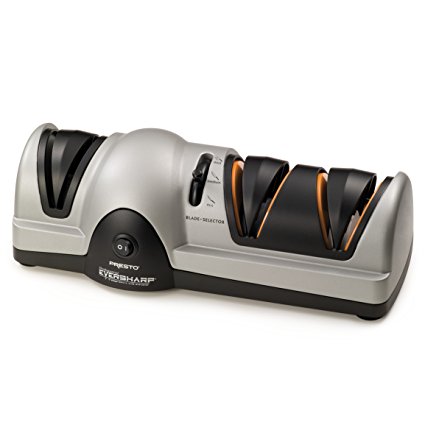
Before I begin talking about this way of sharpening your knives, I must give you a word of advice. Using an electric sharpener is the quickest way to losing more of the material on your knife. Losing that material quickly means you will be purchasing new knives quicker.
Okay, if you’re stuck on using the electric sharpener then here is how to get the most out of this machine.
- Some sharpeners come with only one slot, others have multiple. The coarsest slot will be noted with the word coarse or number one and it will go to the final one in the sequence, either the last number or the word “fine”.
The coarse setting is best used for a knife that is in major need of being sharpened. Owned your knife set for 5 years and just now sharpening them? Use the one, or coarse, setting. If you sharpen regularly, then using the fine is a better option.
- Hold your knife at a 90° angle, making sure that the tips touch the stones and use light pressure as you pull it through the electric knife sharpener. If you have to hold the knife sharpener, use the non-dominant hand to do so.
- Repeat this process several times, making sure to take it out of the sharpener each time and start at the base working the way to the tip. Do not sharpen the blade using and back and forth motion.
Some electric knife sharpeners are good for bread knives, be sure to look at that before you purchase your sharpener.
Sharpening with a Whetstone
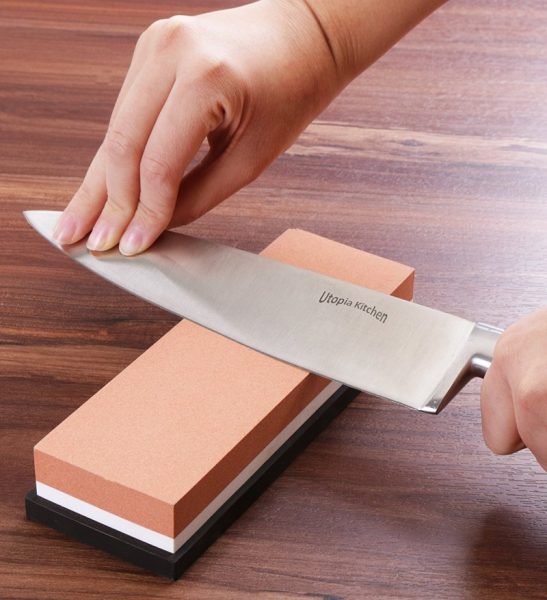
Similar to an electric sharpener, the whetstone comes with 2 sides: one side coarse and one side fine. Each side is made for the same thing, a coarse setting for when your knives are basically dead to the cutting world and a fine setting for when you have kept up with them.
The advantage you have with a whetstone is that it takes away the least amount of material from your knives; however, like many things, it does take some practice to be able to do this well.
- The first step is to soak the stone. This helps to lubricate the knife as you sharpen. Some websites suggest 5-10 minutes while other sites say 20. The best rule of thumb is to stop soaking once there are no more air bubbles in your water.
If you are doing several knives, I recommend keeping the water beside you and soaking them about the time your hand gets tired and you need a break. If you are only doing one or don’t get tired easily, you still need to make sure your stone stays wet as the combination of the small particles of the stone helps it to stay rough which encourages sharpening.
- Like with your honing device, you will set your knife at a 22° angle against the whetstone.
- Start with the coarse setting if needed. Use moderate pressure, slide the blade forward starting at the tip, and work to the base in constant motion.
Just as with the electric sharpener, it’s important to remember not to use a back and forth motion. Another reminder: Keep it at the 22° angle at all times.
- Do this over again about 10 times.
- Once you have used the coarse setting, switch to the fine setting, and do another 10 strokes.
- Slide the edge of the blade to the stone twice to help remove any particles.
- To finish out the process, hone the blade and then wash and dry to make sure you have removed any particles left behind. Run water over the stone to remove any particles as well.
To conclude ways to keep your kitchen knives sharpened…
Learning to keep knives sharpened is important to have a knife last a long time. Don’t believe the hype of knives that never need sharpening. Knives getting dull are a part of the process of that piece of equipment. Regularly honing and then occasionally sharpening helps to lengthen the life of a knife.
And could prevent you or someone you love from cutting their finger.
